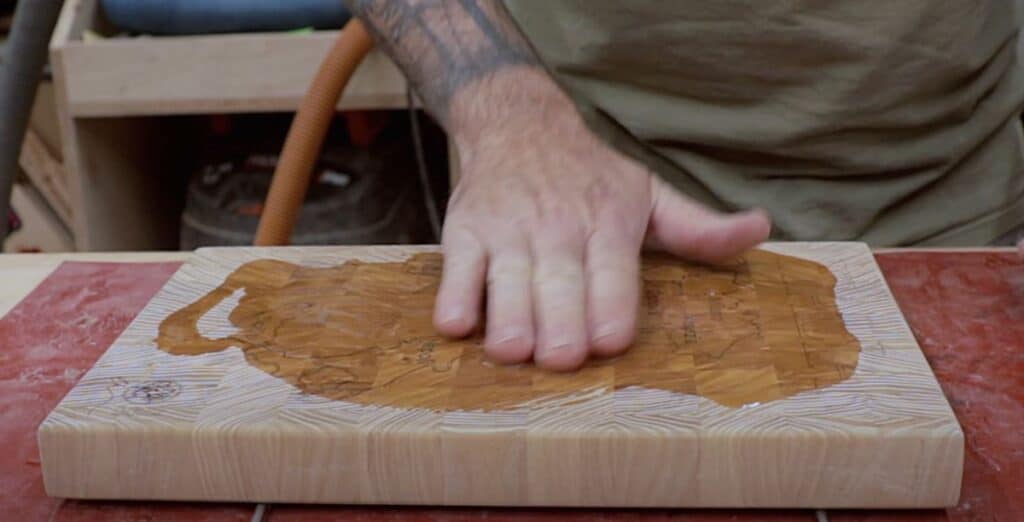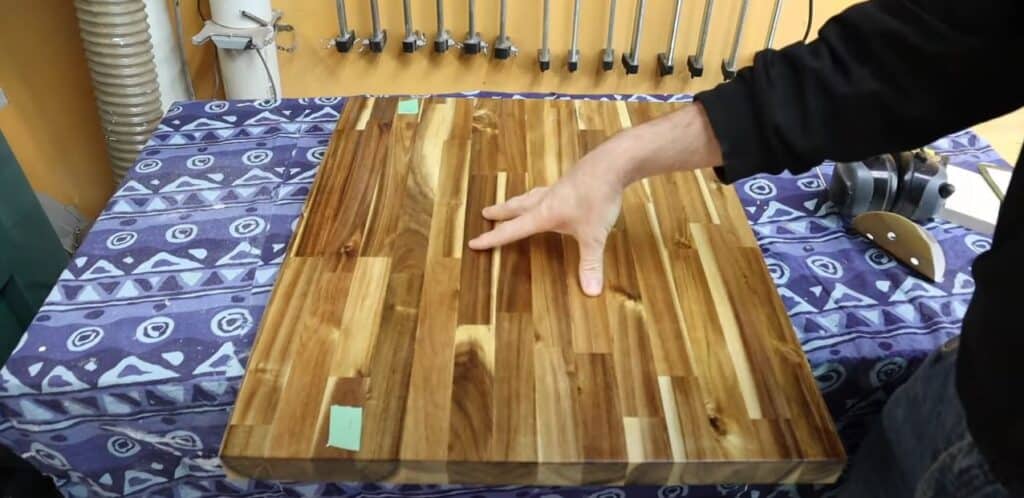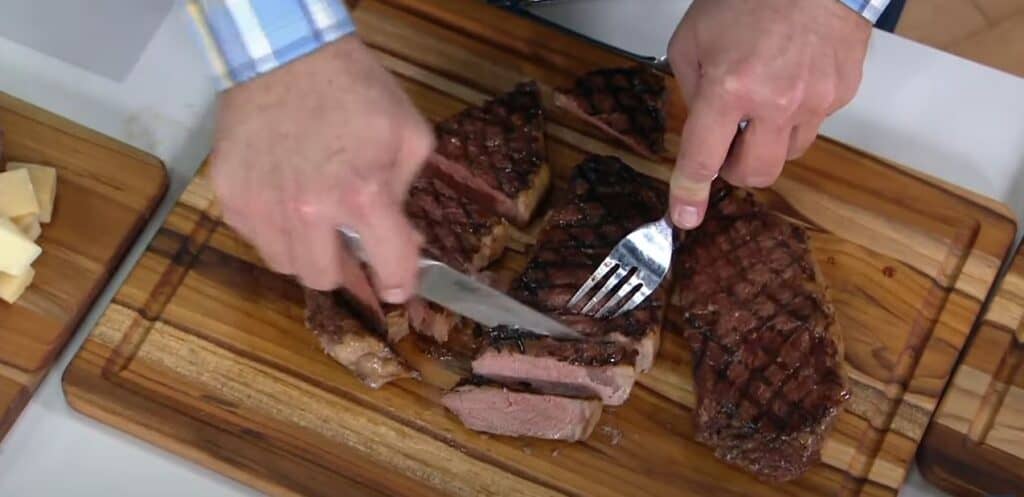
Ash can make a great chopping board material thanks to its durable nature and pleasing aesthetic, but it’s a high-maintenance appliance that will require a regular dose of TLC to prevent it from mold and rotting.
The porous nature of ash means it is not ideal for cutting boards. Porous wood can harbor leftover pieces of food that allow bacteria to flourish, so you must take the proper steps to maintain it. However, Ash is a durable and robust wood so it does have some positive qualities for use as a cutting board.
Continue reading to discover the qualities of an ash cutting board and the best ways to maintain your own board.
Qualities of an Ash Cutting Board.
Ash is a popular wood for furniture and cabinetry thanks to its lightweight, durable, and aesthetically pleasing nature. The problem with using Ash for a cutting board is that it has large open pores – just like oak and hickory – that allow for food residue and bacteria buildup.
Ash is the common name we use to describe around 45-65 species of tree that are light in color and smooth-grained.
Some of the reasons for its popularity are that it’s found pretty much everywhere in the world and carries a desirable set of qualities such as durability, shock resistance, and it’s easy to work with.
The advantages of using Ash for a chopping board are that it has a pleasing appearance and is easy to tie into the aesthetic look of your home.
It’s one of the most durable woods in the world, which means it can take the harsh use of cutting and chopping daily, and its hardness sits between that of red and white oak, meaning it has a high level of shock resistance.
In addition, it’s affordable thanks to its wide availability.
The problem with using Ash for a cutting board is that many holes on its surface can soak up moisture and food residue.
While Ash is popular for furniture in dry spaces, it’s not so great for outdoor or wet areas. The amount of moisture you expose a cutting board to could present a problem if you don’t maintain it properly.
How Do You Maintain an Ash Cutting Board?
Many wooden cutting boards demand a decent level of maintenance to keep them from soaking up moisture or drying out altogether.
You definitely don’t want to put your board through the dishwasher – the water and high heat will warp your board and could split it in half. Instead, try the following:
Use hot water and a sponge to remove any foods or fluids from your board. Run your board under a tap to clean out any grooves and pores in the wood that could trap food debris or other bacteria-inducing substances.
To disinfect your cutting board, use pure white vinegar, whose low pH levels will decimate any germs or bacteria. If there is any sign or scent of mold, try applying a layer of baking soda and then pour white vinegar over the top. This allows oxidation to remove any lingering substances or smells from your board.
Once you have washed and disinfected your board, you will need to wipe it dry using a cloth or towel. This part is crucial to ensure that water doesn’t gather in the cracks of your board.
If you allow water to gather, you risk mold, swelling, or wood warping. And it’s these reasons why you should never lead a board to soak in water.

